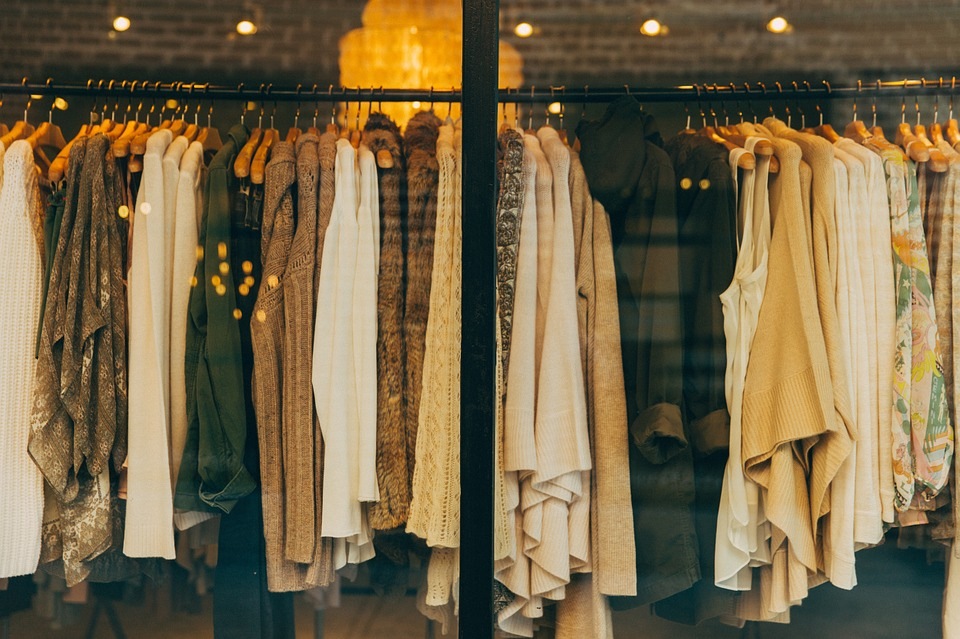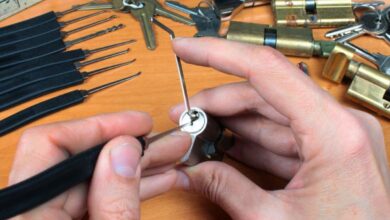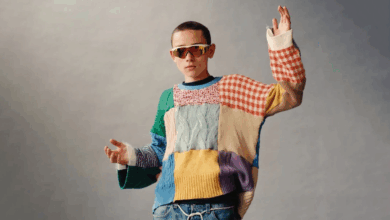
Sustainable Clothing Replaces Fast Fashion
Sustainable clothing is replacing fast fashion. For years, stores like Forever 21 and H&M have been widespread, especially among young adults. It’s easy to see why, too. It can be exciting to walk into a store and buy multiple outfits without having to break the bank. These stores are what the industry calls “fast fashion,” and though the clothes may not be of the highest quality, customers continue shopping there so they can try to get a good deal.
Unfortunately, fast fashion can come with a much greater cost.
In a world where climate change and the state of the environment are on everyone’s mind, it’s essential to make more sustainable choices in everything we do – including the clothes we wear. That’s why it’s necessary to know the difference between the fast and sustainable fashion.
Fast fashion refers to making cheaper clothing at a rapid rate. It tends to follow current style trends and pushes dresses out into stores quickly and in mass quantities. There are many drawbacks, including exploiting workers in poorer countries who work in “sweatshops.” Fast fashion is also disastrous for the environment, encouraging people to throw out old clothes and contributing to the 26 billion pounds of clothing items in landfills yearly.
On the other hand, sustainable fashion refers to clothing made using sustainable practices. It’s often companies using fair-trade, ethical practices, and “green” initiatives to help the environment. Sustainable fashion refers to secondhand or vintage clothing sold at thrift stores.
As you can see, one of these options is better for the planet and the future. So what can you do to fight fast fashion?
Quality Clothing from Quality Companies
If you want a more sustainable closet, start by purchasing clothes made from quality materials and companies that care about ethical production practices. For example, companies like Levi’s, Patagonia, and Columbia are sustainable because of the materials they use to make their clothes and how they monitor their manufacturing processes.
Patagonia even offers repair services on clothes, so if something happens to one of your items, they will fix it instead of buying a replacement.
While the clothing made by companies like these is often more expensive, it is an investment that will last longer. When you buy several cheaper items, they might not even hold up for a year. So, in the long run, you could spend more money at fast fashion stores for clothing that isn’t made to last. It’s made to be replaced.
Quality products feel better to wear and tend to be more comfortable because of the materials used. You don’t have to ruin your budget with sustainable fashion. Buy a few quality pieces for your wardrobe at a time, and you can eventually ween yourself away from mass-market practices in the clothing industry.
Making and Mending
If an item of clothing has a hole or tear, it can be tempting to throw it out. But most tears can be easily mended if you have some sewing knowledge. Unfortunately, a survey done in the UK found that nearly 60% of people don’t know how to sew, and it certainly is a bit of a lost art. However, that same survey found that most people have a desire to learn.
With a few simple sewing lessons, you can continue to mend clothing as it tears instead of throwing it out. It also allows you to reuse or “upcycle” pieces of clothing. For example, you can change an old shirt into a skirt by combining certain fabrics and sewing them together.
Once you learn the basics of sewing and mending, you can have a lot of fun and get creative with the pieces you put together.
Donate, Don’t Toss
Thanks to influencers like Marie Kondo, the practice of minimalism has become increasingly popular. There are benefits to living a minimalist lifestyle, and it can even be environmentally friendly when you choose to limit the number of new items you purchase.
But getting rid of everything that doesn’t “spark joy” isn’t always a good idea, especially if it means you’re just going to throw it out.
If you genuinely want to declutter your life and get rid of some clothes that have been in your closet for too long, why not donate them instead of tossing them away? Thrift stores offer new life to almost 2 million pounds of clothing daily. If everyone donated their unwanted clothing instead of throwing it out, imagine how much more impact secondhand stores could have. In addition, when you donate, you’re allowing someone to buy a “new” piece of clothing without contributing to the machine. You can also start looking at thrift stores for your wardrobe since many offer current styles and a lot of classic vintage trends.
Want to make an even more significant difference? Reach out to a social worker. Many of them work with nonprofit community agencies to get clothing donations to people who live on or below the poverty line.
Last year, Forever 21 filed for bankruptcy. The store has seen sales drop significantly in recent years, especially with teenagers.
Suppose that’s an indicator that the next generation is choosing to focus on more sustainable, quality clothing options. In that case, we could see some positive changes to the environment that start with the fashion industry.






